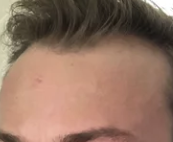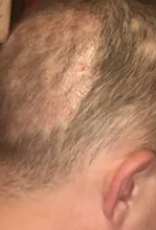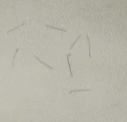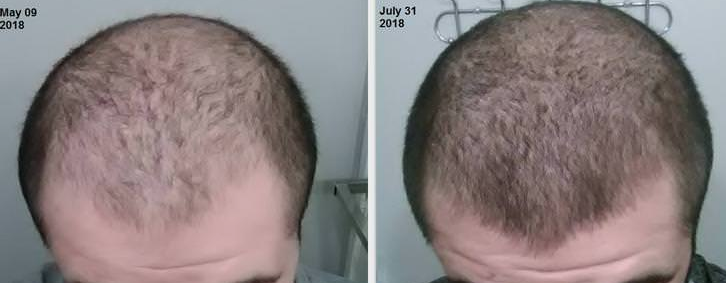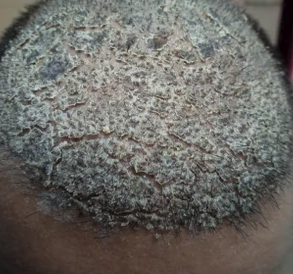Other than finasteride, which seems like you are taking, there is nothing else to do if you achieved your goals. The nice thing about hair transplants is that they are permanent just like your normal hair. If you lose more hair, or didn’t get the full benefits from what you had done now, then another hair transplant may be reasonable. However, if your donor density limits were exceeded for FUE, then a strip surgery alternative may be the best option, if you need more hair transplants.
You should get a HAIRCHECK test to find out if there is any loss that you can’t see in the top and crown area of your head. You need to know there is the possibility that you might develop hair loss elsewhere. I call this a Master Plan which every male having a hair transplant should have. You look, on the surface, to be a great candidate, but if the HAIRCHECK test reveals hair loss behind the hairline, it is something you MUST know (See: https://baldingblog.com/value-haircheck-bulk-measurements-two-patients-seen-today/)
That is the $64,000 question. No one knows for sure, but I personally think that it should not ruin your chances in participating in the cure when it is out.
Some doctors had lawsuits when someone claimed that they lost their sex drive permanently. The risk is far less than 1:1000 but some doctors put their fears in front of patient’s welfare. What I do is inform my patients of all of the risks then prescribe it. It is the patient’s decision to take or not to take the drug. My son took finasteride for 15 years so far, and he told me that his sex drive went up when he went on the medications. I take it with no problems. Of course, internet forums only want the bad news, so you rarely hear about the other side effects. Any doctor can prescribe it, even your family doctor.
There is no evidence that mesotherapy works from what I have read. You should make sure that this treatment can be validated by your doctor. Finasteride is a known entity and the sexual side effects that your doctor is discussing is between 2-4%. The decision is yours, of course.
No, you should not try to remove the scabs at one week or else you will risk pulling out the grafts. I wrote an article on this and it takes 12 days for the grafts to settle. The key is to wash it properly so that the crusts don’t form in the first place.
If a hair follicle from a hair transplant dies from a failure of surgical techniques, it will never grow.
The younger you are the better the chance you will have winning that war for at least a while. I have seen a man who is 62, and he stopped taking finasteride 5 months ago and lost a lot of hair. He went back on it but it did not, as of yet, bring back the hair.
You are probably just slowing down the hair loss. Not everyone reverses their hair loss on the drug Finasteride.
You have terrible crusting after the hair transplant. These crusts should have been removed the day of and the day after the surgery. Now, the problem is how to get the crusts off without losing grafts. The answer is to place shampoo on your head, leave it on for 15 minutes until it gets waterlogged, then gently massage with your fingertips to start rubbing them off. It may take many days and many washes for these crusts to come off.
I am the doctor who define DUPA (Diffuse Unpatterned Alopecia) in men. It is real and tragic when it happens. About half of the men respond to the drug finasteride, while others don’t respond to any medication and hair transplants are always contraindicated. Here is the article I wrote defining it: https://baldingblog.com/wp-content/uploads/pdf/mp-1997-evaluation.pdf
The diagnosis is made using a microscope to examine the hairs in the donor area of the back of the head. Miniaturization will significantly exceed 20%.

